Do you have an undeveloped garden area you'd like to turn into a landscape that grows native plants and supplies habitat and food for pollinators? Perhaps you'd like to do most of the work yourself, but have no idea where to start? There is lots of information available about planting for pollinators, selecting appropriate native and water-wise plants, and creating a garden space that reflects one's personal style, but it is easy to get overwhelmed and miss the bigger picture.
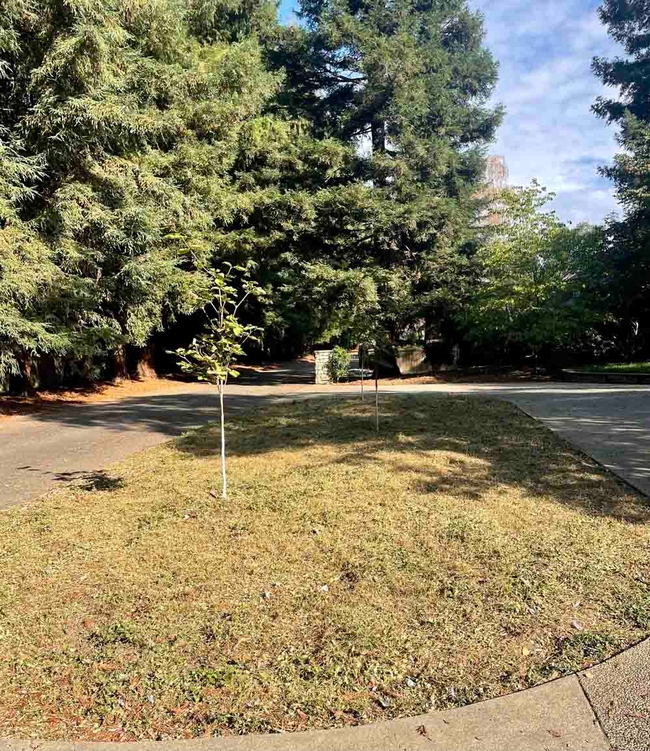
Once the area is defined, designers can suggest plants that fit your growing zone, water needs and other requirements, your goals for using (or viewing) the space over time as the plants grow, and help you incorporate your “wish list” of favorite plants and/or plants with sentimental associations. For most people, this is where the fun really begins. Visiting nurseries and demonstration gardens, walking around neighborhoods, greenbelts and botanical gardens, even just scrolling through online resources, can inspire and inform.
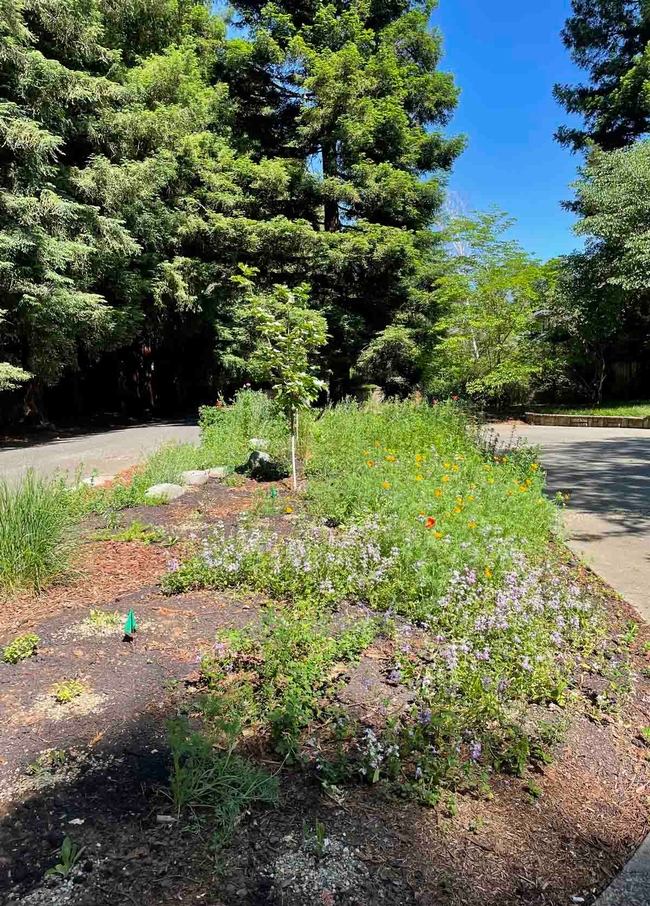
In addition to starting with plants from nurseries or other sources, consider sowing seeds. There are many benefits to sowing seeds yourself. Seeds for annual flowering plants can provide quick color and interest and attract pollinating flower-visitors the first spring. And seeds are generally inexpensive, easy to start, and, in many cases, will self-sow year after year. Once they become established, you should be able to move some of the plants you've initially grown from seed to other parts of the garden.
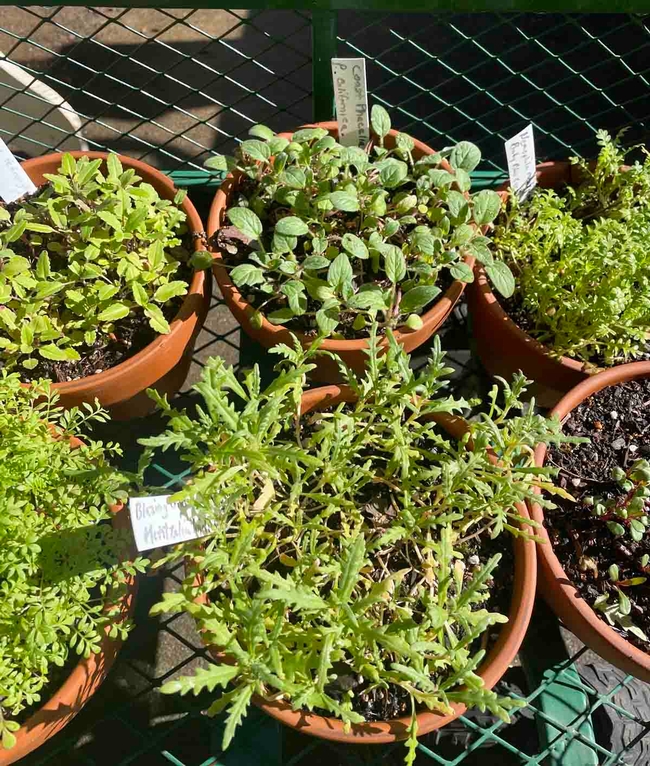
Be aware that there can be some difficulties encountered when planting seeds, but none of the potential pitfalls are insurmountable. If the rains don't come often enough, your seeds may need supplemental water to get them started. Do not plant seeds too deeply or not deeply enough (follow packet instructions carefully). Sometimes it is hard to tell a seedling you want from a weed you don't: you can learn to identify your seedlings by sowing some in a pot, labeling them and then comparing them to your garden seedlings as they grow (don't forget to keep these potted seedlings moist as well).
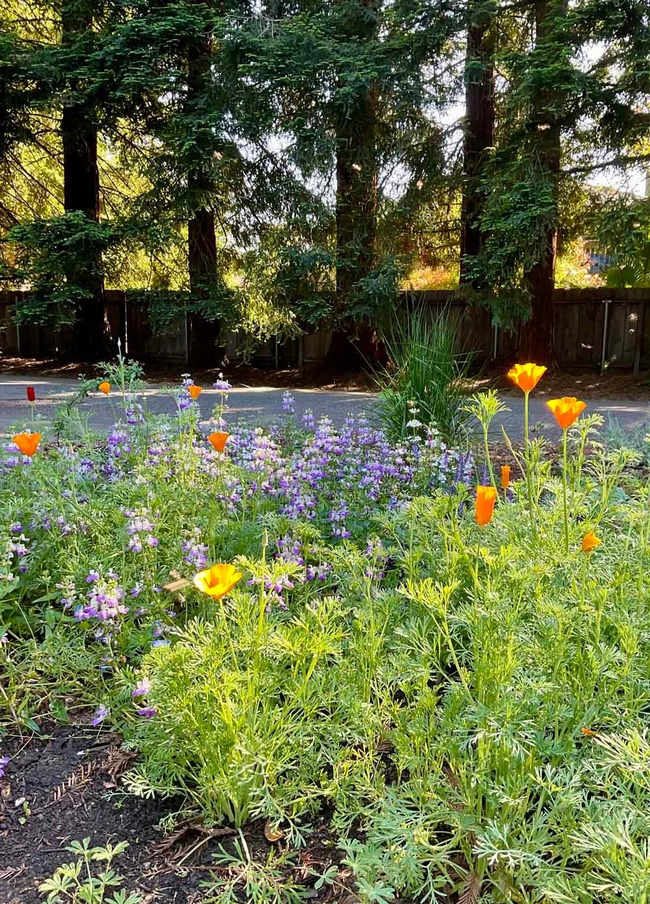
Most flowering plants sown or planted in fall will bloom March through July, giving you beauty and color while also attracting pollinators like bees, butterflies, and hummingbirds.
When you are planting an area for more than interest or color but also as habitat, consider plants that produce berries or fruits as well as flowers, and plants that will bloom throughout the growing season and into fall. If you are including trees and shrubs in your plan, consider their location in respect to structures and the eventual shade they will provide as they grow taller and wider, and the upkeep they may require (like pruning or cutting to the ground after bloom time). Here again is where a garden designer can give you guidance from their extensive experience with suitable plants.
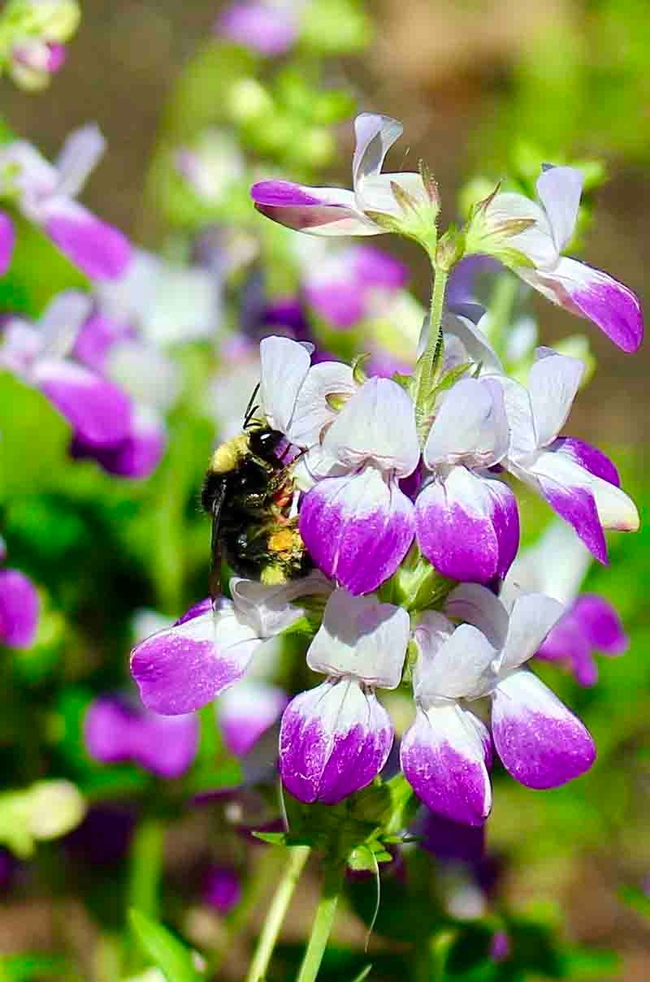
Resources:
Climate Appropriate Plants for the Northern California Landscape
CalScape, a website by the California Native Plant Socieity
UC Master Gardeners of Butte County are part of the University of California Cooperative Extension (UCCE) system. To learn more about us and our upcoming events, and for help with gardening in our area visit our website. If you have a gardening question or problem, email the Hotline at mgbutte@ucanr.edu or leave a phone message on our Hotline at 530-552-5812. To speak to a Master Gardener about a gardening issue, or to drop by the MG office during Hotline hours, see the most current information on our Ask Us section of our website.